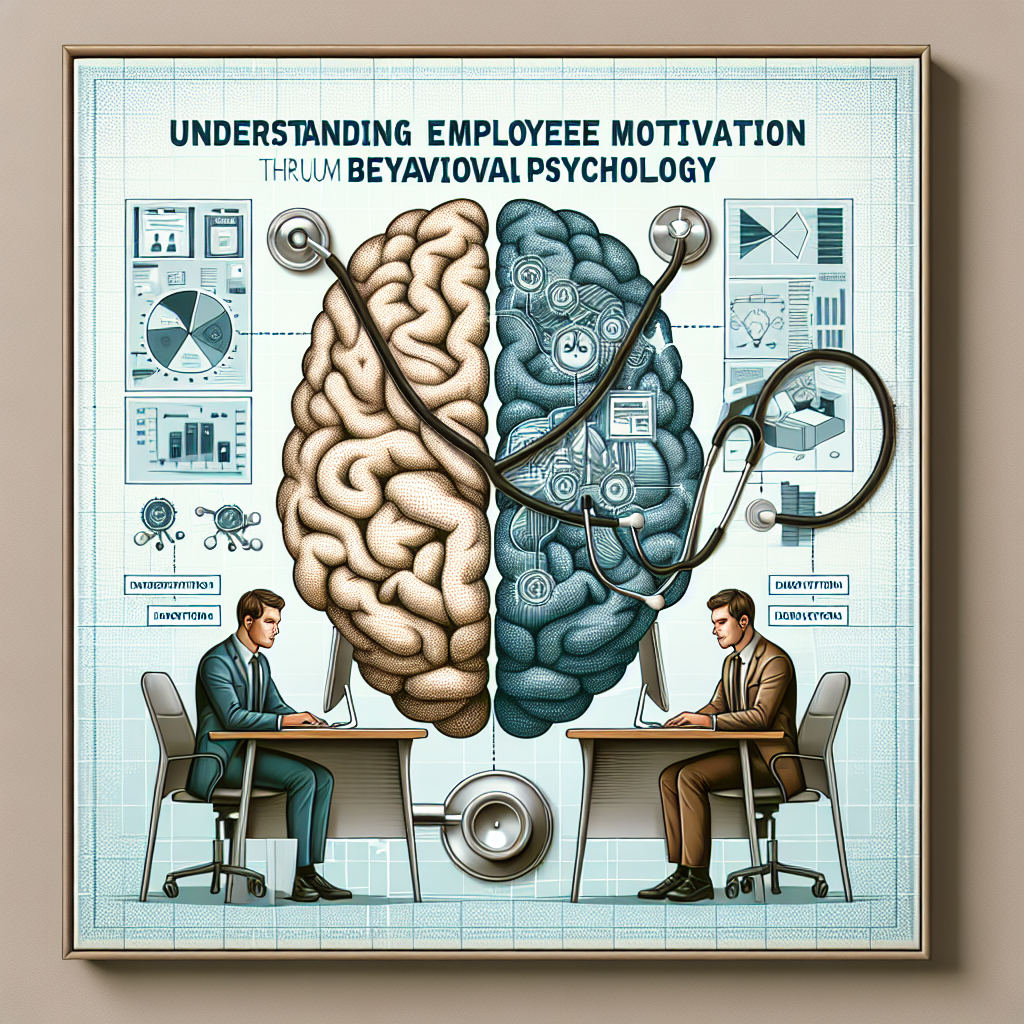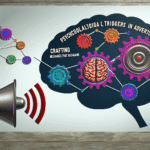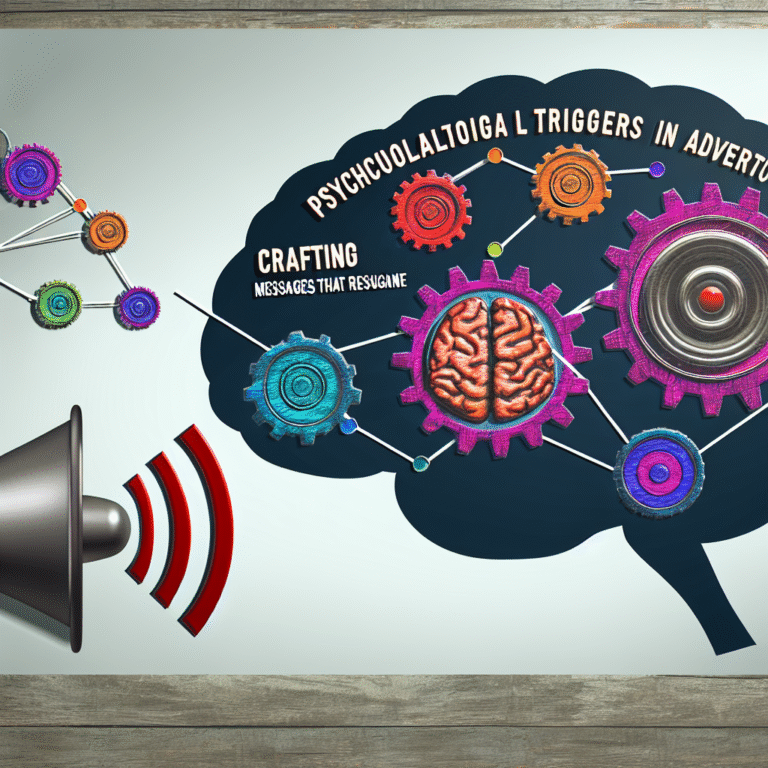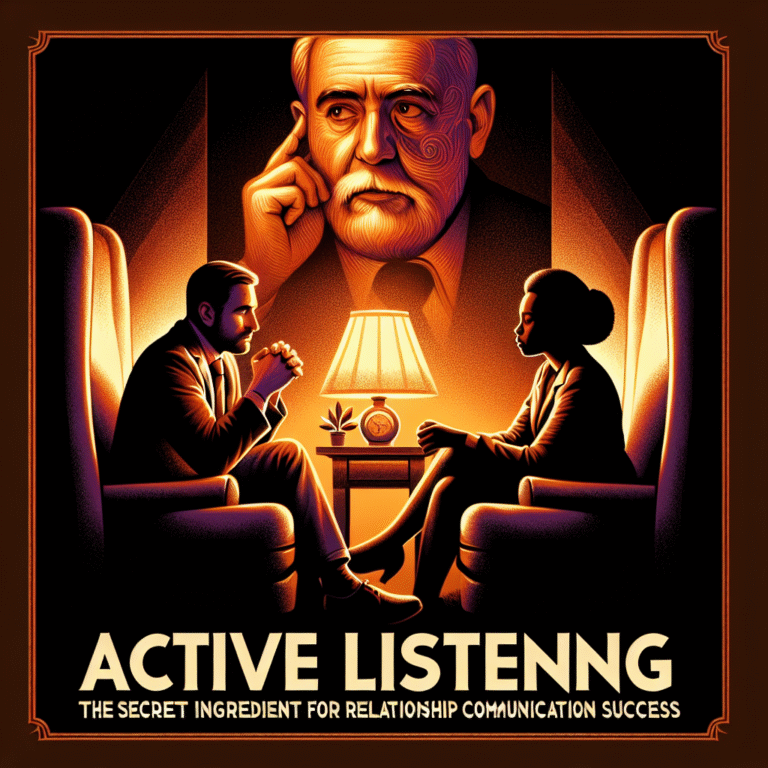
Unlocking Employee Potential: Understanding Employee Motivation Through Behavioral Psychology
Introduction
In today’s competitive business landscape, understanding employee motivation is not just an HR strategy; it’s the lifeline of organizational success. The essence behind a motivated workforce can often be traced back to behavioral psychology, which delves into the ‘why’ behind human actions. Employees are the core of any organization, and understanding employee motivation through behavioral psychology offers invaluable insights that can yield remarkable improvements in productivity, job satisfaction, and retention.
Imagine a workplace where employees arrive every day fueled not just by salaries, but by intrinsic motivation. This transformation is possible. In this article, we will explore the various dimensions of employee motivation through the lens of behavioral psychology, combining theory with practical, real-world applications to provide you with actionable strategies your organization can implement immediately.
The Science of Employee Motivation
What is Behavioral Psychology?
Behavioral psychology, also known as behaviorism, focuses on observable behaviors rather than internal motivations or feelings. It posits that all behaviors are learned through interaction with the environment. Understanding employee motivation through behavioral psychology requires diving into concepts such as reinforcement, conditioning, and behavior modification.
Key Concepts:
- Positive Reinforcement: Rewarding desired behaviors to increase their frequency.
- Negative Reinforcement: Removing unfavorable outcomes when desired behaviors occur.
- Punishment: Implementing consequences for undesired behaviors.
Understanding how these principles apply to workplace dynamics is crucial for fostering motivation.
The Connection: Why Behavioral Psychology Matters for Employee Motivation
Behavioral psychology lays the foundation for many motivational theories, such as Maslow’s Hierarchy of Needs and Herzberg’s Two-Factor Theory. Both frameworks emphasize the importance of satisfying basic needs before higher-level motivations can be considered.
Case Study: Google’s Reinforcement Strategies
Google is renowned for its culture of innovation. Their application of behavioral psychology is seen through various employee initiatives, such as recognition programs that reinforce positive behaviors. By publicly acknowledging achievements, Google creates an environment where employees feel valued, leading to increased motivation and retention.
Exploring Motivation Theories
Maslow’s Hierarchy of Needs
At the base of understanding employee motivation through behavioral psychology is Maslow’s hierarchy, which outlines five levels of needs:
- Physiological Needs: Basic survival needs such as salary and work conditions.
- Safety Needs: Job security and safe environments.
- Love/Belonging Needs: Social connections and camaraderie among colleagues.
- Esteem Needs: Recognizing and rewarding accomplishments.
- Self-Actualization Needs: Opportunities for personal growth and career development.
Practical Application: Building Motivational Programs
Organizations can strategically address these levels to cultivate a motivated workforce. For instance, providing competitive salaries responds to physiological needs, while team-building exercises address love/belonging needs.
Herzberg’s Two-Factor Theory
Herzberg differentiated between hygiene factors and motivators:
- Hygiene Factors: Conditions that lead to dissatisfaction if not met (e.g., salary, work conditions).
- Motivators: Factors that lead to job satisfaction (e.g., recognition, responsibility).
Implementation Strategy
To leverage Herzberg’s insights, companies should ensure hygiene factors are adequately addressed before focusing on motivators. A well-rounded benefits package can serve as a foundation before adding elements like employee recognition programs.
Table 1: Applying Motivational Theories in the Workplace
| Theory | Focus Area | Application Example |
|---|---|---|
| Maslow’s Hierarchy | Basic to advanced needs | Tiered benefits package for employees |
| Herzberg’s Two-Factor | Job satisfaction vs. dissatisfaction | Recognition awards for performance |
Creating a Motivated Workforce: Actionable Strategies
Identifying Employee Needs
Understanding specific needs within your workforce is crucial. Conducting regular surveys can help pinpoint areas that require attention.
Example Survey Questions:
- What aspects of your job do you find most rewarding?
- Do you feel recognized for your contributions?
- What improvements would you suggest in the workplace?
Reinforcement Strategies
- Recognition Programs: Develop a structured program to acknowledge employees regularly.
- Professional Development Opportunities: Offer workshops and learning programs to fulfill self-actualization needs.
- Feedback Mechanisms: Create an environment where feedback, both positive and constructive, is encouraged and celebrated.
Case Study: Zappos’ Employee Engagement
Zappos has harnessed behavioral psychology effectively. The company is known for its customer service, largely due to its engaged employees. Zappos offers employees perks and a flexible work environment, which satisfy a variety of motivational needs. Their unique approach to enhancing workplace culture serves as a prime example of understanding employee motivation through behavioral psychology.
The Role of Leadership
Transformational Leadership
Transformational leaders inspire employees by creating a vision, fostering commitment, and nurturing motivation. They do this through strong communication and encouraging autonomy, leading to higher levels of employee engagement.
Practical Application: Leadership Training Programs
Investing in leadership training can greatly enhance employee motivation. Programs should focus on:
- Effective communication skills.
- Recognizing and rewarding success.
- Encouraging team collaboration and support.
Case Study: Starbucks Leadership Development
Starbucks stands out with its leadership programs. They focus on empowering employees—also referred to as partners—through ongoing training and development opportunities. This commitment to growth fosters a sense of belonging and purpose, which are essential for motivation.
Measuring the Impact of Motivation Strategies
Metrics for Success
Tracking the success of your motivational strategies is essential for continuous improvement. Some key metrics include:
- Employee Turnover Rates: A decrease in turnover can indicate successful motivation strategies.
- Employee Satisfaction Scores: Regular surveys can measure overall job satisfaction.
- Productivity Levels: Assessing productivity can provide insights into the effectiveness of motivational programs.
Table 2: Key Metrics for Employee Motivation
| Metric | Measurement Method | Implication |
|---|---|---|
| Turnover Rates | HR Records | Indicator of employee satisfaction |
| Satisfaction Scores | Survey Feedback | Direct feedback on work environment |
| Productivity Levels | Performance Evaluations | Correlation between motivation and output |
Conclusion
Understanding employee motivation through behavioral psychology opens a window into creating a more engaged, satisfied, and productive workforce. By integrating these psychological principles into your motivation strategies, you can foster an organizational culture that not only attracts but also retains top talent. Take action today by assessing your current practices and implementing these insights to unlock the true potential of your team.
FAQs
1. How do I understand my employee’s motivational needs?
Regularly conduct surveys and one-on-one interviews to gauge needs and satisfaction levels.
2. What role does feedback play in employee motivation?
Constructive feedback fosters growth and recognition, which are crucial for motivation.
3. How can I implement reinforcement strategies effectively?
Create structured programs that reward successes and recognize hard work regularly.
4. What metrics should I use to measure motivation?
Consider turnover rates, employee satisfaction scores, and productivity levels as key metrics.
5. How can leadership influence employee motivation?
Effective leadership can inspire and empower employees, creating a culture of high engagement and motivation.
Leveraging behavioral psychology to understand employee motivation is a powerful strategy that can transform workplace dynamics. Start applying these methods today to see lasting results in your organizational culture.














